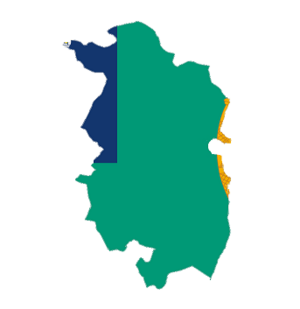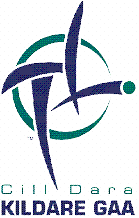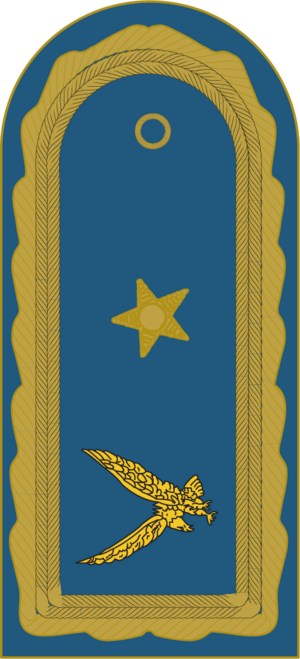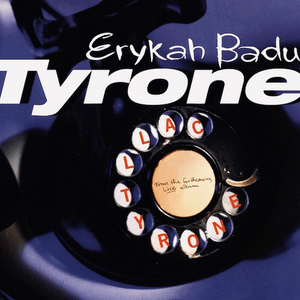Etymological list of counties of Ireland facts for kids
The counties of Ireland are special places, each with its own unique history. But have you ever wondered where their names come from? This article explores the fascinating origins of the names of Ireland's traditional counties, both in the north and south, including some counties that are no longer used today. Most of these names come from the Irish language, unless we say otherwise!
Contents
Where Do Irish County Names Come From?
Antrim
The name Antrim comes from the town of Antrim. Its Irish name, Aontroim, means "lone ridge". It used to be spelled Aontruim. Another old name was Aontreibh, meaning "lone dwelling". This county was created by joining several smaller areas, like Twescard (from Irish Tuaisceart, meaning "North") and Carrickfergus, which was named after Fergus Mór mac Eirc, a king from the 6th century.
Armagh
Armagh gets its name from the city of Armagh. The Irish name is Ard Mhacha, which means "Macha's height". Macha was an ancient Irish goddess. Stories say she was linked to Ulster and Armagh, where she famously gave birth to twins after winning a horse race!
Carlow
Carlow is named after the town of Carlow. Its Irish name, Ceatharlach, means "place of cattle". Imagine a place full of cows – that's where Carlow's name comes from!
Cavan
The name Cavan comes from the town of Cavan. In Irish, it's An Cabhán, which means "the hollow". So, County Cavan is named after a low, hollow area.
Clare
Clare might be named after the town of Clarecastle. This name mixes Irish and English: clár (Irish for "plain") and "castle". Another idea is that it comes from the de Clare family, who were Normans. They got their name from the English town of Clare, which probably means "clear" in Latin. Before 1565, this area was called County Thomond, from the Irish Tuamhain, meaning "North Munster".
Cork
Cork is named after the city of Cork. Its Irish name is Corcach, which means "swamp". So, the county is named after a marshy, wet area.
Donegal
Donegal gets its name from the town of Donegal. The Irish name is Dún na nGall, meaning "stronghold of the foreigners". These "foreigners" were the Vikings! An older name for the county is Tyrconnell, from Tír Chonaill, meaning "land of Conall". This refers to Conall Gulban, a son of Niall of the Nine Hostages. Conall means "Strong Wolf" in Irish.
Down
The name Down comes from Dún ná Lethglas. This was the old capital of the Dál Fiatach kingdom, which is now the town of Downpatrick.
Dublin
Dublin is named after the city of Dublin. The name Duibhlinn means "black pool". The main Irish name for Dublin is Áth Cliath, which means "hurdled ford" (a place where you cross a river using hurdles or fences).
Fermanagh
Fermanagh means "Men of Manach". The word "Manach" might come from an old Irish phrase, Magh Eanagh, meaning "Country of the Lakes". So, the full name could mean "Men (or Tribe) of the Country of the Lakes".
Galway
Galway is named after the city of Galway. The city itself was named after the river Gaillimh, which means "stoney". The older name for the city was Dún Bhun na Gaillimhe, meaning "stronghold at the mouth of the Gaillimh".
Kerry
Kerry's Irish name is Ciarraí, which means "People of Ciar". Ciar means "black" or "dark brown", and Raighe means "people" or "tribe". The Ciar in the name was Ciar mac Fergus, a son of the famous Fergus mac Róich and Queen Meabh from ancient Irish legends.
Kildare
Kildare is named after the town of Kildare. Its Irish name, Cill Dara, means "church of the oak". This suggests an old church built near an oak tree.
Kilkenny
Kilkenny is named after the town of Kilkenny. The Irish name is Cill Chainnigh, meaning "church of Cainnech". Saint Cainnech is believed to have brought Christianity to the area around 597 AD.
Laois
Laois is named after an old Gaelic area called Uí Laoighis, which means "people of Lugaid Laígne". Lugaid was a hero who won land by fighting off invaders. His name comes from the Irish god Lugh. Laois was once called Queen's County, named after Queen Mary when it was created in 1556. When Ireland became independent, it got its current name back.
Leitrim
Leitrim is named after the town of Leitrim. The name comes from the Irish words liath ("grey") and droim ("ridge"). It was originally spelled Liathdruim.
Limerick
Limerick is named after the city of Limerick. Its Irish name might mean "bare spot". The Vikings called it Hlymrekr, which could be their version of the Irish name, or it could mean "mighty noise" in Old Norse.
Londonderry
The Irish name for this area is Doire, meaning "Oak wood". It comes from Daire Coluimb Chille, which means "The Oak-wood of Saint Columba". Columba means "Dove" in Latin. Before that, it was Daire Calgaich, "The Oak-wood of Calgach". The "London" part was added in 1613. This happened after the town was rebuilt with help from companies in the City of London. This was also when the county was officially formed. There is still some discussion about whether to use Londonderry or Derry. Most of this county was once part of County Coleraine, which was formed in 1585. Coleraine comes from Cúil Raithin, meaning "Nook of the Ferns".
Longford
Longford is named after the town of Longford. Its Irish name, An Longfort, means "the port". The older spelling was An Longphoirt. This term was used by Irish writers to describe a Viking ship base or fort. Longford was separated from County Westmeath in 1586.
Louth
Louth is named after the village of Louth. This village was named after the Irish god Lugh (whose modern spelling is Lú).
Mayo
Mayo is named after the village of Mayo. Its Irish name, Maigh Eo, means "plain of the yew". So, it's named after a flat area with yew trees.
Meath
Meath's Irish name is An Mhí, which means "The middle". Meath was once one of the five main areas of Ireland, and it was where the High King (the most powerful king) lived. It became a county in 1297, but it was much larger then, including what are now Westmeath and Longford. In 1547, it was made smaller to its current size.
Monaghan
Monaghan is named after the town of Monaghan. Its Irish name is Muineachán. Muine can mean a "thickly overgrown area" or a "hillock". So, the county council thinks it means "land of the little hills". It could also come from "Muine Acháin", where "Acháin" means "field", making it "bushy field" or "hilly field".
Offaly
Offaly is named after the old Gaelic area of Uí Failghe. This kingdom existed from the 6th century until 1556. After that, it was split into Queen's County (now County Laois) and King's County (now County Offaly). King's County was named after Philip, who was married to Queen Mary. The name Offaly was brought back after Ireland became independent.
Roscommon
Roscommon is named after the town of Roscommon. Its Irish name, Ros Comáin, means "Comán's wood". It was named after Saint Coman, who started a monastery in Roscommon around 550 AD.
Sligo
Sligo is named after the town of Sligo. Its Irish name, Sligeach, means "shelly place". This is because there were many shellfish in the river and its mouth.
Tipperary
Tipperary is named after the town of Tipperary. Its Irish name, Tiobraid Árann, means "well of the Arra". This refers to the river Arra that flows through the town.
Tyrone
Tyrone is named after the Gaelic area of Tír Eoghain, meaning "Land of Eoghan". It was named after King Eógan mac Néill, who was a son of Niall of the Nine Hostages. Eógan founded the Kingdom of Ailech, which later became Tyrone.
Waterford
Waterford is named after the city of Waterford. Its name comes from the Old Norse language, Veðrafjǫrðr, which means "ram fjord". The Irish name, Port Láirge, means "Larag's port".
Westmeath
Westmeath is named after the old province of Meath. Its Irish name, An Iarmhí, also means "West Meath".
Wexford
Wexford is named after the town of Wexford. Its name comes from the Old Norse language, Veisafjǫrðr, meaning "fjord of the mud flats". The Irish name, Loch Garman, means "Garman's lake/inlet". It's named after a legendary person called Garman Garbh, who drowned in the mudflats at the mouth of the River Slaney.
Wicklow
Wicklow is named after the town of Wicklow. Its name comes from the Old Norse language, Víkingalág or Vikinga-ló, meaning "meadow of the Vikings". The Irish name, Cill Mhantáin, means "Church of Mantan". Mantan was a friend of Saint Patrick who had his teeth knocked out by Irish pagans, so he was called Mantan, meaning "toothless one".






